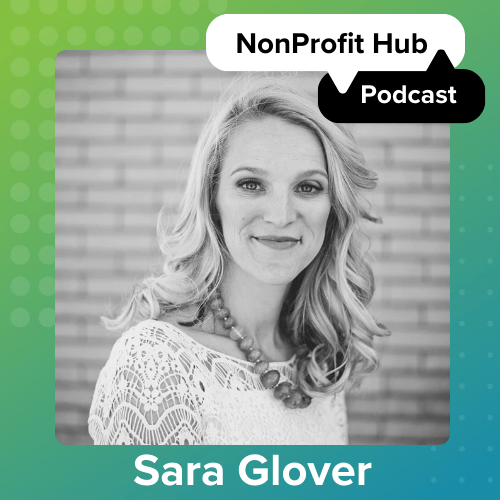Profit leaks threaten to sink any business, but the nature of nonprofit operations make them particularly vulnerable. Most companies in other industries can make internal adjustments to compensate for monetary drain. Nonprofits have leaks in areas for-profit companies never have to consider.
It can be difficult for nonprofits to promote growth if their leaders are constantly bogged down by workforce management issues like compensation for paid workers versus volunteers or maintaining tax-exempt status with the IRS. To balance both HR’s needs and the needs of the organization, nonprofit organizations must create workforce strategies to keep funds tight.
A few methods can help managers evaluate current HR processes to see where profit leaks are occurring. Only after identifying the leak can a manager create a plan to plug it. Nonprofit leaders should start by implementing these five tips to pinpoint where funds are being lost and create a strategy to regain control of their finances.
1. Be selective in your staff
Nonprofits must employ the right people to decrease costs associated with turnover, such as rehiring and retraining. Having the right people starts with the recruitment and screening process. With an applicant tracking system in place, nonprofit managers can dramatically reduce recruitment spending. And a more thorough application process can help identify those who are truly passionate about the mission of the organization. When everyone is working toward one collective goal and HR management is operating smoothly, the chances that employee will leave are minimized.
2. Understand nonprofit compliance regulations
The political landscape constantly changes, and getting fined for noncompliance can be a source of unnecessary loss for nonprofits. Compliance is a huge job, especially if there’s only one person trying to keep up with ever-changing laws. Human capital management systems can be helpful in maintaining compliance by streamlining financial data. The right provider can also help manage special taxation issues for nonprofits in addition to funds allocation for better visibility and accuracy.
3. Data-mine your finance history
Managers need to have a comprehensive understanding of the group’s assets and liabilities to begin deciding where and how to minimize expenses. Once it’s clear where liabilities and insolvent costs are—electric bills, rent, payroll, etc.—leaders can determine whether they’re necessary for the operation of the organization. From there, they can form a better financial plan to implement. To gather this information, managers need to have an accounting system that pulls accurate data from all sources, including payroll and core HR.
4. Know the relationship between donors and finances
Understanding the relationship between donors and their contributions to an organization can help maintain a steady income flow. Managers should identify who donates to their organizations and why they do so, and they should reward that effort. An accounting solution can help track these donations for a fully comprehensive view of all incomes. Diversifying the organization’s incomes is also critical: organizations shouldn’t depend solely on fundraisers or grants. But by understanding the whos and whys behind donations, leaders can make more informed decisions about how to get the best returns on these investments.
5. Build a watertight business plan
Nonprofits face so many restrictions that their business plans have to be thorough and solid in order to secure business success. When leadership teams meet to discuss the futures of their organizations, they should identify what the potential roadblocks will be, especially when it comes to fund regulation. They need to focus on the outcome everyone is striving toward and work backward to create an initiative that fits the end goal. Keeping the board informed about what’s happening internally is important. An open line of communication between both parties will ensure there never arise unexpected situations that could cause a loss of support.
Nonprofits need to have a plan in place to plug pesky profit leaks. For nonprofit managers to fully dedicate themselves to the mission, they must cover all their bases. By actively creating a workforce management strategy, these leaders can help their organizations by ensuring every available fund is utilized effectively. Only then can a nonprofit fully dedicate itself to its cause. Nonprofits provide such a wonderful service to society, and it’s only right that they have the tools necessary to make these impactful changes in the world.
Christian Valiulis is a guest contributor for Nonprofit Hub. He’s the Chief Revenue Officer of APS and a member of the Forbes Business Development Council. Christian oversees marketing and sales, channel partnerships and strategic product and service alliances.






